 "Wobbles the Mind" (wobblesthemind)
"Wobbles the Mind" (wobblesthemind)
10/12/2015 at 11:48 ē Filed to: None
 0
0
 50
50
 "Wobbles the Mind" (wobblesthemind)
"Wobbles the Mind" (wobblesthemind)
10/12/2015 at 11:48 ē Filed to: None |  0 0
|  50 50 |

Since the release of the Toyobaru twins, I was impressed by the fact they made a naturally aspirated 100hp per liter. But the fact that they weigh about 18lbs per 1lb-ft of torque told me they would be a bit of a pain (I love 10lbs per 1lb-ft of torque).
Anyways, I have always considered 100hp per liter from a naturally aspirated engine to be a sign of exceptional engineering. I also think a vehicle weighing 10lbs or less per 1lb-ft of torque was another sign. Thus, the Ferrari 458 Speciale is a marvel of engineering for me. Seriously, 597hp from a 4.5L (132hp/L!), and less than 8lbs per 1lb-ft of torque. So much drool...
Unfortunately I have no clue what kind of power is remarkable for a factory forced induction vehicle. I assume torque is torque, but hp per displacement? Whatís good?
Also do you have a particular ratio that you gauge everything against? It seems like 100hp per liter (NA) and 10lbs per 1lb-ft get me drooling. Better than those and my mind melts.
 dogisbadob
> Wobbles the Mind
dogisbadob
> Wobbles the Mind
10/12/2015 at 11:50 |
|
100 hp/L NA
 Wobbles the Mind
> dogisbadob
Wobbles the Mind
> dogisbadob
10/12/2015 at 11:50 |
|
I knew I wouldnít be the only one!
 Nibby
> Wobbles the Mind
Nibby
> Wobbles the Mind
10/12/2015 at 11:51 |
|
400hp/L or GTFAC
 dogisbadob
> Wobbles the Mind
dogisbadob
> Wobbles the Mind
10/12/2015 at 11:53 |
|
Honda needs to bring it back!
 Shankems
> Wobbles the Mind
Shankems
> Wobbles the Mind
10/12/2015 at 11:53 |
|
HP/L is a god damned fools metric.
LBs/HP and gearing.
 EL_ULY
> Wobbles the Mind
EL_ULY
> Wobbles the Mind
10/12/2015 at 11:53 |
|
 Sweet Trav
> Wobbles the Mind
Sweet Trav
> Wobbles the Mind
10/12/2015 at 11:56 |
|
Simply Put, HP/L is a pointless metric. Average Power Density is the true measurement of an engine.
 LongbowMkII
> dogisbadob
LongbowMkII
> dogisbadob
10/12/2015 at 11:56 |
|
with modern emissions, i donít think they can economically.
 Wobbles the Mind
> Shankems
Wobbles the Mind
> Shankems
10/12/2015 at 11:56 |
|
Well I am a fool. The only time I care for gearing is when the torque is substantially low for the weight.
 Klaus Schmoll
> Wobbles the Mind
Klaus Schmoll
> Wobbles the Mind
10/12/2015 at 11:57 |
|
I still remember when the E36 M3 with the re-freshed engine was released and everybody was talking about how it made 321 horsies from 3,2 liters. That was quite an achievement back then.
 jjhats
> dogisbadob
jjhats
> dogisbadob
10/12/2015 at 11:58 |
|
they did it with all of these:
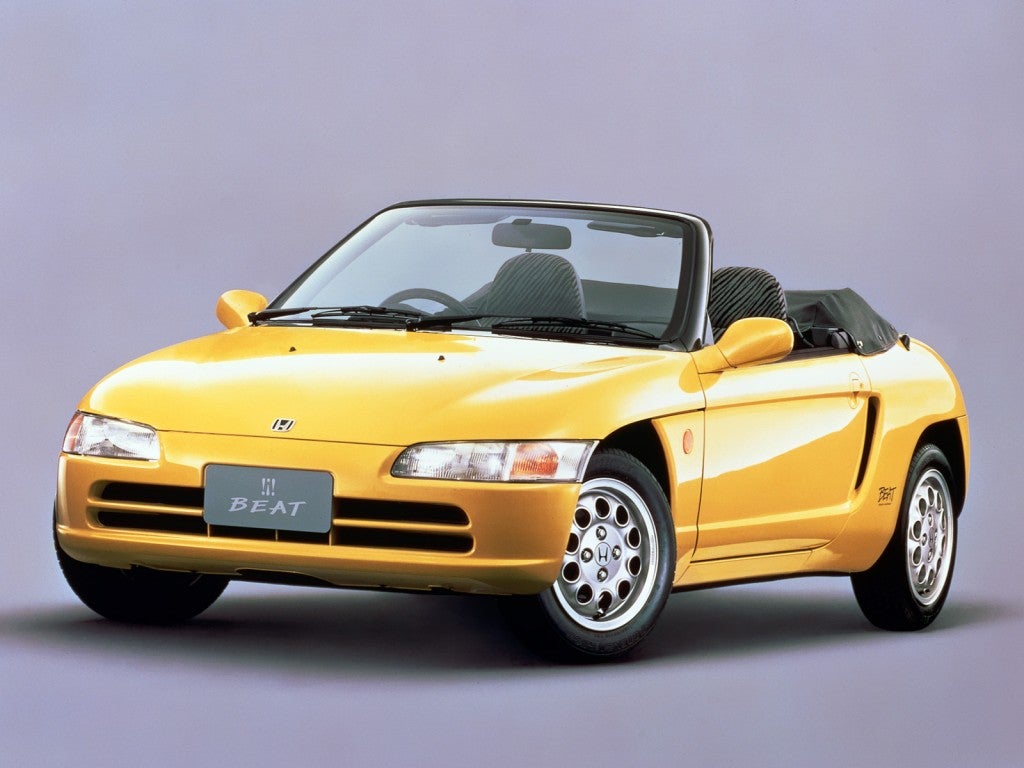
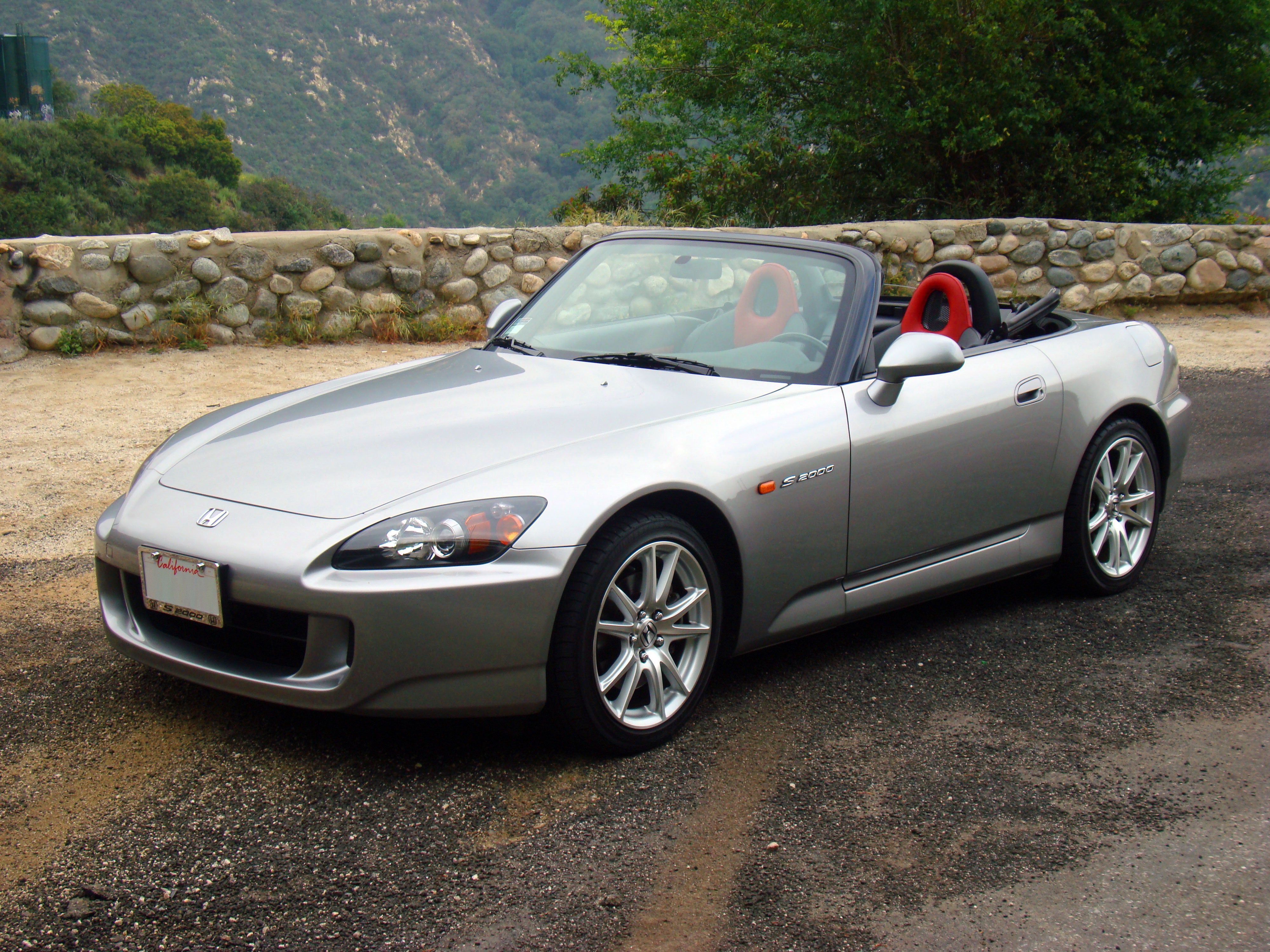
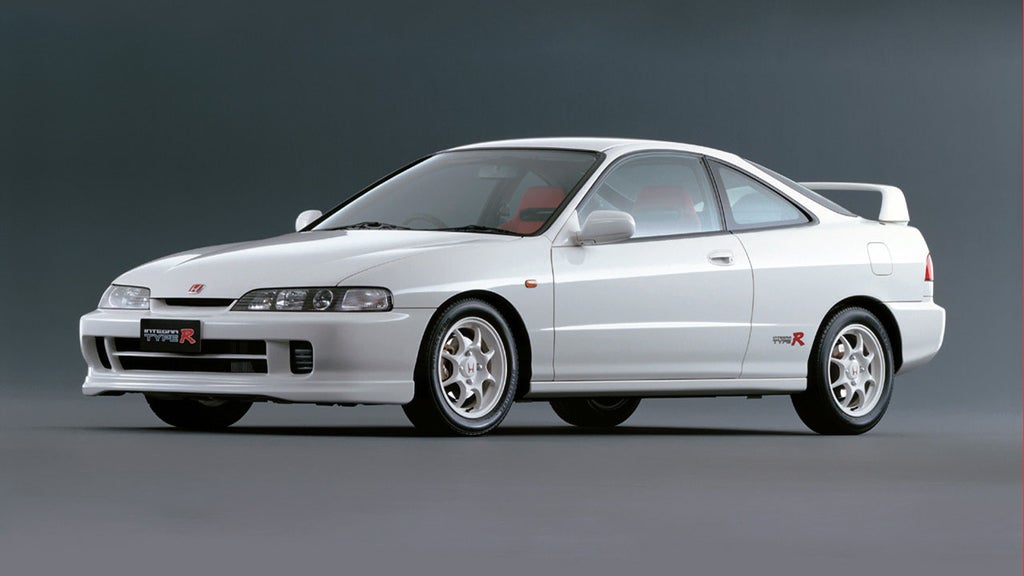
bmw did it with this:
 BigBlock440
> Wobbles the Mind
BigBlock440
> Wobbles the Mind
10/12/2015 at 11:58 |
|
1 hp/L I think would be pretty remarkable.
 Tekamul
> Wobbles the Mind
Tekamul
> Wobbles the Mind
10/12/2015 at 11:58 |
|
100/L has been a good metric of advanced NA motors. For forced induction, there is no good number per liter. To be meaningful, you would need to look at HP and liters times pressure.
As far as the weight vrsus torque, that kind of confuses me. Torque nver makes it directly to the wheels, itís modified by the transmission and differential. If the gears are tight enough, 50 pounds per foot pound of torque will feel really amazing from a stop. Just expect to shift a lot.
 RamblinRover Luxury-Yacht
> Nibby
RamblinRover Luxury-Yacht
> Nibby
10/12/2015 at 11:59 |
|
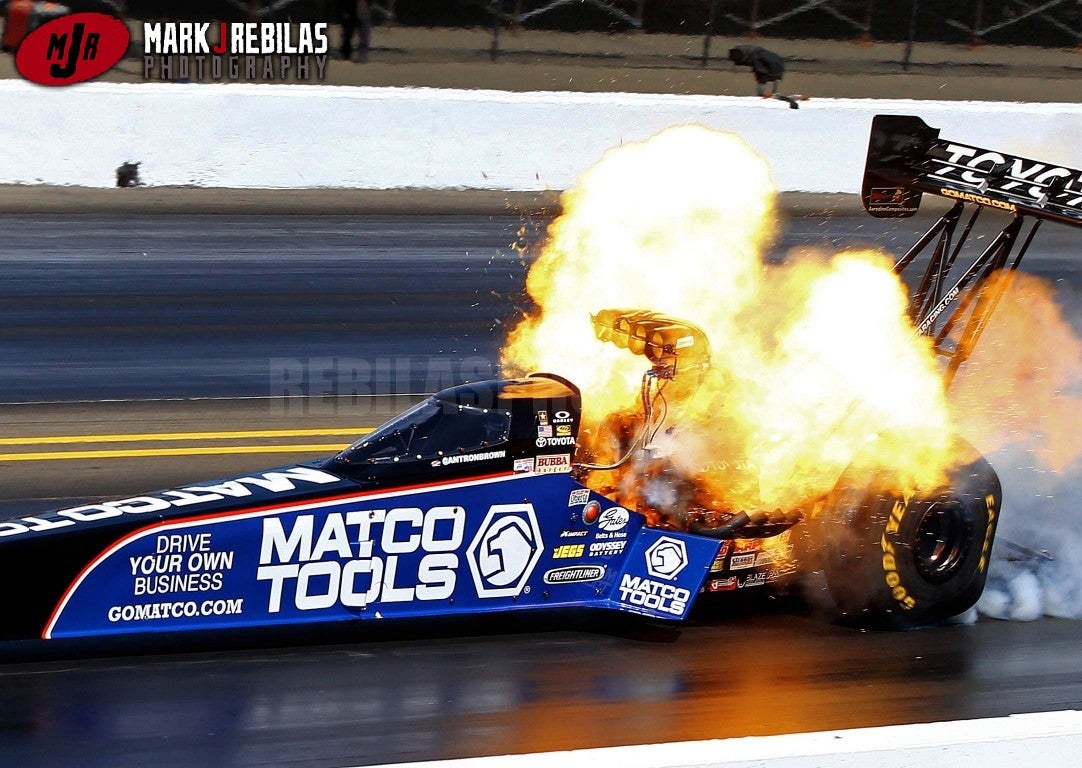
1000HP/l RELIABILITY LEL
 Wobbles the Mind
> Sweet Trav
Wobbles the Mind
> Sweet Trav
10/12/2015 at 11:59 |
|
Hey, pointless metrics are whatís marketed, so I like a quick way to categorize for myself.
 Milky
> Wobbles the Mind
Milky
> Wobbles the Mind
10/12/2015 at 12:01 |
|
I like the 100hp/L ratio, but it does really depend on the engine.
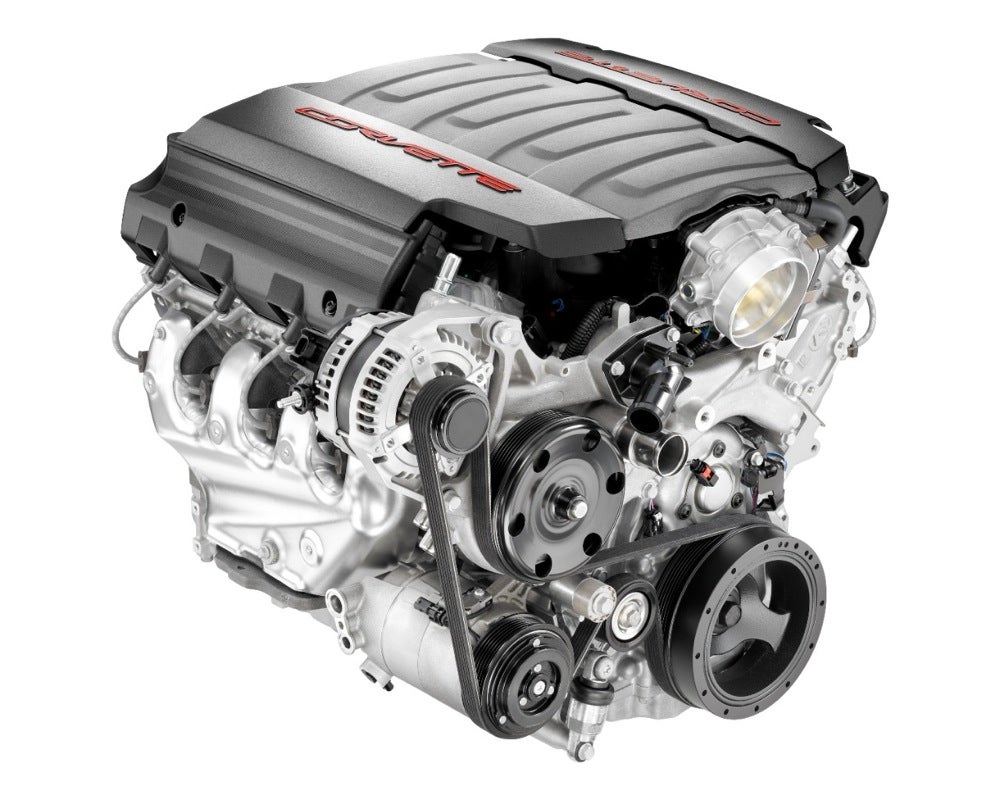
I really like the LT1 with 460hp from 6.2 liters. But am not impressed by the AMG GTís 468hp from the twin turboíd 4.0.
So maybe I am price biased.
 davedave1111
> EL_ULY
davedave1111
> EL_ULY
10/12/2015 at 12:03 |
|
http://advrider.com/index.php?threÖ
Make that nearly 50 years by now. With more modern tech you could double that.
http://www.elsberg-tuning.dk/engineering.htÖ
I really do want a vehicle powered by a 40bhp 50cc twin.
 SidewaysOnDirt still misses Bowie
> EL_ULY
SidewaysOnDirt still misses Bowie
> EL_ULY
10/12/2015 at 12:04 |
|
...for one lap, then BOOM!
 SidewaysOnDirt still misses Bowie
> dogisbadob
SidewaysOnDirt still misses Bowie
> dogisbadob
10/12/2015 at 12:04 |
|
Honda needs to bring everything about pre-2000s Honda back.
 Wobbles the Mind
> BigBlock440
Wobbles the Mind
> BigBlock440
10/12/2015 at 12:05 |
|
True, take the engine out at that point and push it. Itís just weighing the thing down.
 Santiago of Escuderia Boricua
> Wobbles the Mind
Santiago of Escuderia Boricua
> Wobbles the Mind
10/12/2015 at 12:05 |
|
A friend told me the best way was to calculate the equivalent displacement based on the boost level in atmospheres and do 100hp/liter like that
 Wobbles the Mind
> Tekamul
Wobbles the Mind
> Tekamul
10/12/2015 at 12:08 |
|
True, but it seems like the weight being 10 times the highest torque output is always a win. I hate getting into that type of math since it isnít fun unless youíre with a group thatís into engineering or mathematics (which is mostly people on Oppo).
 dogisbadob
> LongbowMkII
dogisbadob
> LongbowMkII
10/12/2015 at 12:09 |
|
Iím not so sure, though. I think they probably can.
The V6 Camaro makes just under 90 hp/L from the base V6, and thatís from GM!! Honda has much more experience with high specific output, so they can do it relatively easily with a sub-2L engine.
 EL_ULY
> SidewaysOnDirt still misses Bowie
EL_ULY
> SidewaysOnDirt still misses Bowie
10/12/2015 at 12:09 |
|
worth it!
 EL_ULY
> davedave1111
EL_ULY
> davedave1111
10/12/2015 at 12:10 |
|
DAYUM!!!!!!!!! Crazyness
 Wobbles the Mind
> Milky
Wobbles the Mind
> Milky
10/12/2015 at 12:10 |
|
I know what you mean, for whatever reason my brain does not care for forced induction numbers regardless of displacement. They could put a 600hp 3.5l in a vehicle and Iíd still be in love with the 500hp out of a 6.2L
 Wobbles the Mind
> Santiago of Escuderia Boricua
Wobbles the Mind
> Santiago of Escuderia Boricua
10/12/2015 at 12:13 |
|
Ooo, Iíll look into that. I do notice NA compression ratios, but Iím biased to see them as more a fuel and maintenance issue.
 SidewaysOnDirt still misses Bowie
> EL_ULY
SidewaysOnDirt still misses Bowie
> EL_ULY
10/12/2015 at 12:14 |
|
Oh totally. I think that they should have made it more of an event. They should have filled the pistons and con rods with glitter so that it would shoot out when the engine had enough.
 LongbowMkII
> jjhats
LongbowMkII
> jjhats
10/12/2015 at 12:15 |
|
none of those hondas have been made in nearly 10 years. and is bmw even making n/a engines anymore?
 LongbowMkII
> dogisbadob
LongbowMkII
> dogisbadob
10/12/2015 at 12:17 |
|
but itís cheaper to just put a turbo on it to reach emissions, efficiency and power goals, hence why the next Si will be turboed.
 Santiago of Escuderia Boricua
> Wobbles the Mind
Santiago of Escuderia Boricua
> Wobbles the Mind
10/12/2015 at 12:20 |
|
Yeah looking at just how much air is going in the engine vs how much power it makes is easier than worrying about compression or any other variables
 RamblinRover Luxury-Yacht
> BigBlock440
RamblinRover Luxury-Yacht
> BigBlock440
10/12/2015 at 12:20 |
|
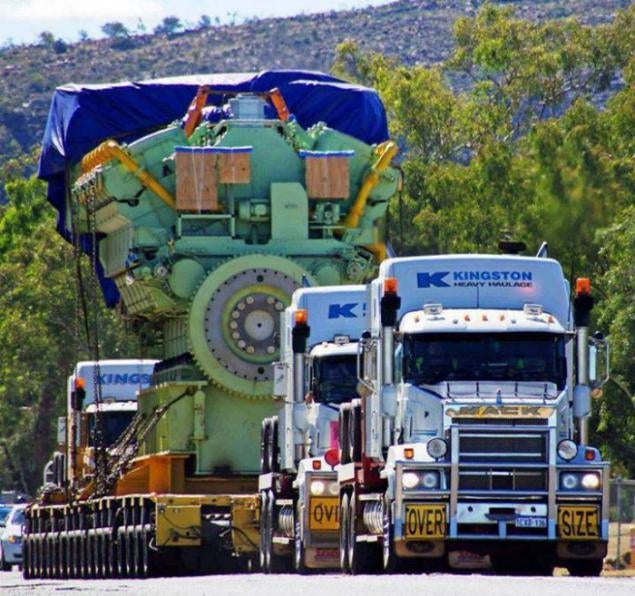
Even the comically huge
Wšrtsilš-Sulzer
engines get about 4hp/l (25,000l, 107,000hp). Of course, itís a turbo two-stroke, so an NA four-cycle version would be about 1hp/l (insane troll logic/ DIESELS DO NOT WORK THAT WAY).
 EL_ULY
> SidewaysOnDirt still misses Bowie
EL_ULY
> SidewaysOnDirt still misses Bowie
10/12/2015 at 12:25 |
|
LOL! Yes they should :]
 MultiplaOrgasms
> jjhats
MultiplaOrgasms
> jjhats
10/12/2015 at 12:40 |
|
bmw did it with this:
Is this supposed to be some kind of joke I donít get?
 MultiplaOrgasms
> Klaus Schmoll
MultiplaOrgasms
> Klaus Schmoll
10/12/2015 at 12:43 |
|
It is still impressive by todayís standards.
 uofime-2
> Wobbles the Mind
uofime-2
> Wobbles the Mind
10/12/2015 at 12:47 |
|
200hp/L forced induction is impressive and still seems to be bordering on unreliable if you surpass it.
(in a street application)
 jjhats
> MultiplaOrgasms
jjhats
> MultiplaOrgasms
10/12/2015 at 12:59 |
|
no kinja ate my e46 m3
 jjhats
> LongbowMkII
jjhats
> LongbowMkII
10/12/2015 at 13:01 |
|
emissions really doesnít have anything to do with this short of potentially lowering cafť standards a very small amount. a single sports car that only gets 25 mpg isnít going to matter.
 jjhats
> LongbowMkII
jjhats
> LongbowMkII
10/12/2015 at 13:02 |
|
no there not I was just showing what had been done and how easy it is for an automaker to shoot for 100/L
 duurtlang
> Wobbles the Mind
duurtlang
> Wobbles the Mind
10/12/2015 at 13:27 |
|
The production Peugeot 308 GTI gets 168 hp/L out of its 1.6L engine. It does have a turbo, but I still think itís remarkable.
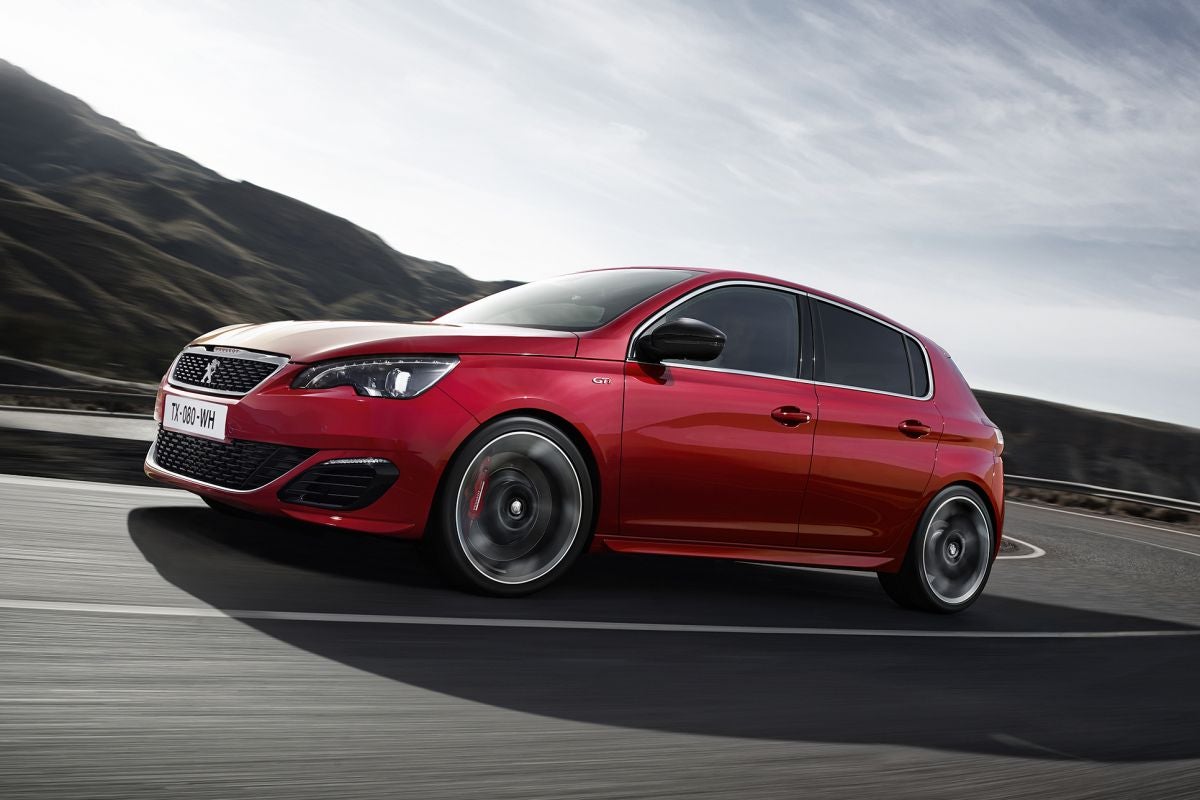
 BoxerFanatic, troublesome iconoclast.
> Wobbles the Mind
BoxerFanatic, troublesome iconoclast.
> Wobbles the Mind
10/12/2015 at 13:29 |
|
The problem is that those figures are always static at the peak horsepower or torque output.
They are somewhat indicative, but gear ratios, and the engineís torque curve below the peak numbers is so much more important when it comes to true driving.
Almost no time is spent at peak output in a car on the road.
Tell me how much torque is generated between 1000-3500 RPMs, and how high the redline is, and weíll be getting somewhere.
 DoYouEvenShift
> Wobbles the Mind
DoYouEvenShift
> Wobbles the Mind
10/12/2015 at 13:44 |
|
Hp/Valve is where its at.
 BigBlock440
> jjhats
BigBlock440
> jjhats
10/12/2015 at 14:02 |
|
Emissions does have a lot to do with it. Cylinder pressures, combustion temperatures, how completely the fuel burns, and a whole bunch of other factors all have an effect on what comes out the tail pipe.
 luvMeSome142 & some Lincoln!
> Wobbles the Mind
luvMeSome142 & some Lincoln!
> Wobbles the Mind
10/12/2015 at 14:35 |
|
Those ratios need to be updated when thinking about motorcycles. Of course, they also validate why bikes are so fun!
My old 1986 Kawasaki Concours (.997 liters) is rated at 97 hp, and its sibling, the Ninja (GPZ900R) , made 115 hp with only .908 liters.
The weight to torque ratio with a 150 lb rider on the GPZ was right at 10.
 jjhats
> BigBlock440
jjhats
> BigBlock440
10/12/2015 at 14:49 |
|
s2000 gets 25 mpg are you saying that a bunch of extra stuff and money had to be done to achieve that number? I thought you meant high revving engines werenít fuel efficient which isnít true
 BigBlock440
> jjhats
BigBlock440
> jjhats
10/12/2015 at 15:16 |
|
Emissions stuff also has an effect on fuel economy. Iím saying thereís a lot that goes into an engine design and a lot of factors and variables. Also, you seem to be equating emissions with fuel economy. Donít. While theyíre somewhat proportional, the exhaust make-up could vary wildly depending on the conditions inside the combustion chamber and what exhaust treatment is used.
 Kanaric
> Wobbles the Mind
Kanaric
> Wobbles the Mind
10/12/2015 at 15:23 |
|
I used to care about hp/liter. the 2ZZ toyota engine in that near 3000lb corolla made me not care about that anymore. Itís a pointless metric completely.
Itís a thing that also made me appreciate older cars more. I could have a 3l v6 in a car that has better power to weight of a FRS but only makes 180hp.
 samssun
> Wobbles the Mind
samssun
> Wobbles the Mind
10/13/2015 at 07:55 |
|
Power output per hole size is really only relevant when you artificially constrain the latter. You never see Ferrari bragging about it, just kids whose cars have minimal power, but even less displacement. A much better metric would be something like hp*mileage, or average hp over say 5k rpm leading up to redline.
 Smallbear wants a modern Syclone, local Maple Leafs spammer
> Wobbles the Mind
Smallbear wants a modern Syclone, local Maple Leafs spammer
> Wobbles the Mind
10/13/2015 at 08:41 |
|
hp/l is a marketing measurement. It matters nothing. Actually, Iíd prefer it lower, itís good for reliability.
no replacement for displacement
 RazoE
> Wobbles the Mind
RazoE
> Wobbles the Mind
10/13/2015 at 09:38 |
|
HP doesnít mean a lot if you have no torque and have to rev it to the sky just to get the damn thing moving. Itís fun when youíre driving like those Duke boys, but otherwise, lots of low end torque is fun (and usable) as hell.